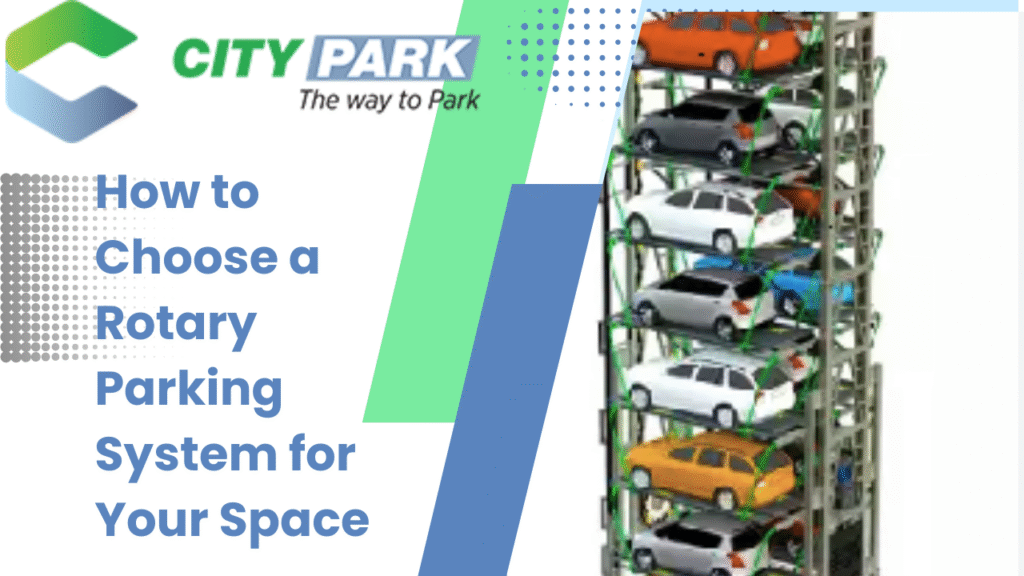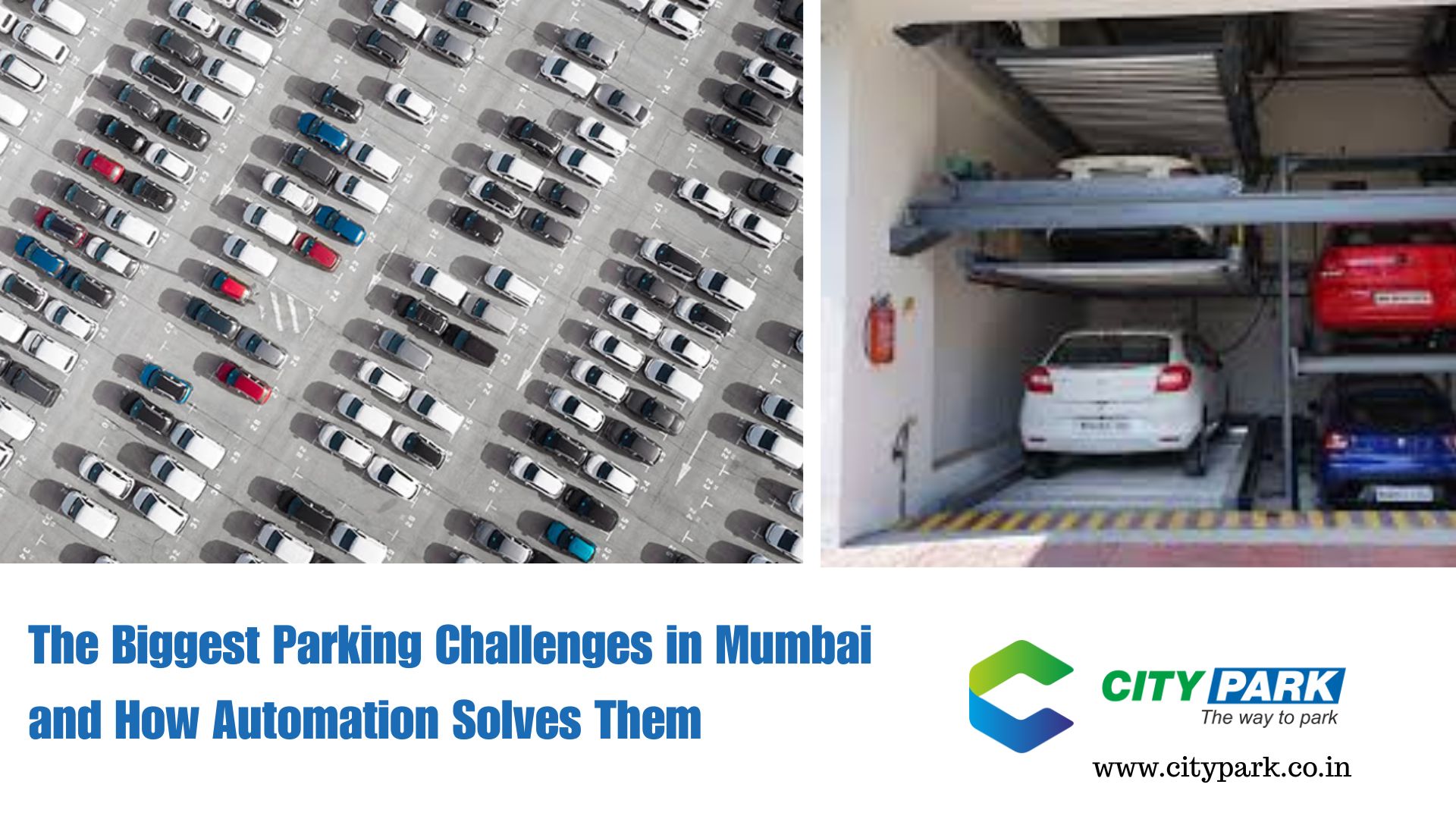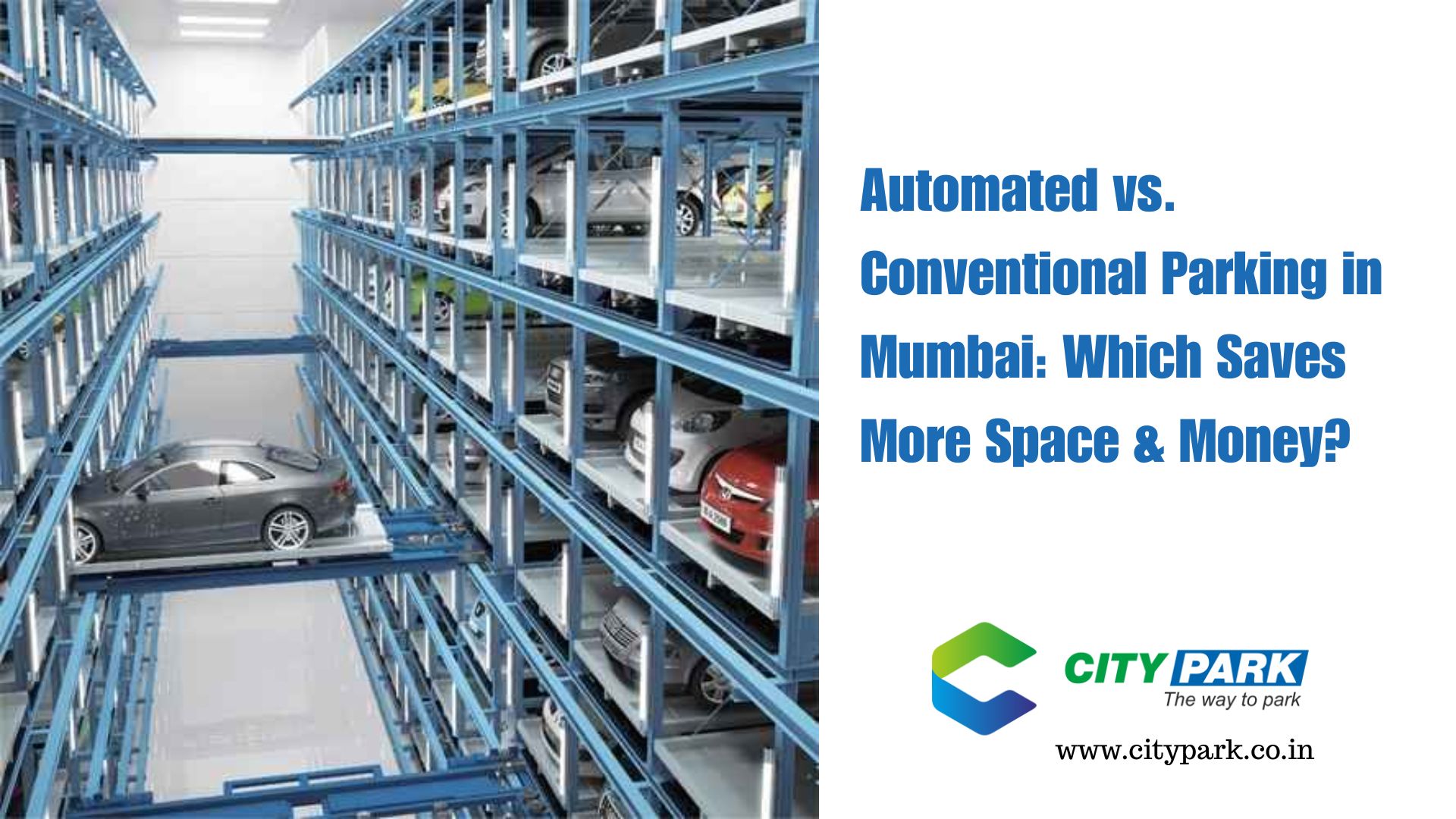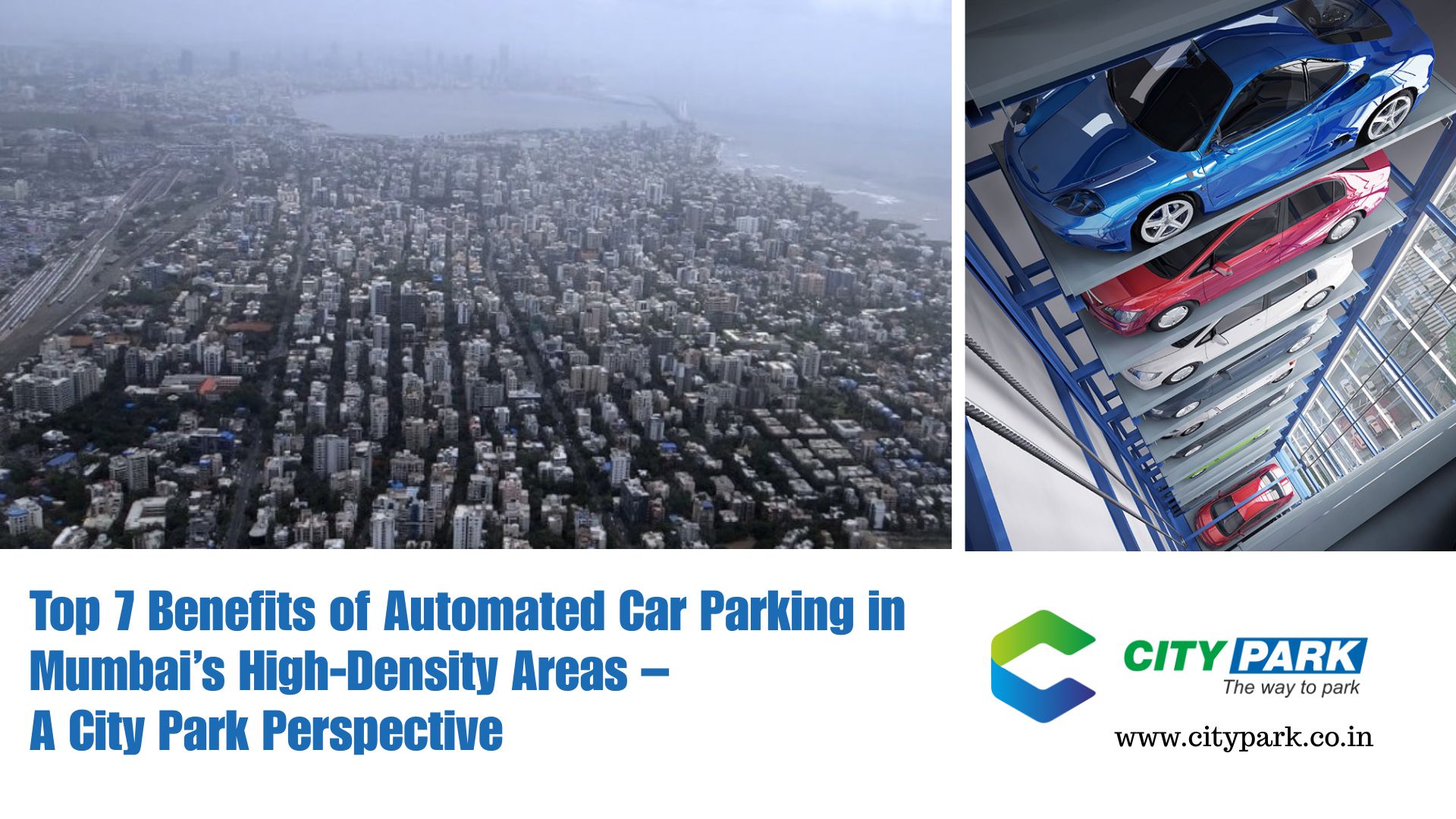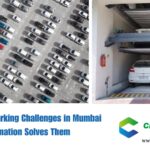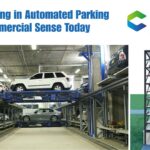Urban plots are shrinking, car ownership is rising, and space-saving innovations are no longer a luxury , they’re a necessity. In a city like Mumbai, where every square meter is valuable, vertical parking solutions are now seen as a vital part of smart infrastructure planning. A rotary parking system offers a powerful solution but choosing the right one can be tricky.
This guide breaks down how rotary systems work, how they compare to other formats, and what to consider when planning your setup.
What Is a Rotary Parking System?
A rotary parking system is a vertical mechanical structure where cars are stacked and rotated like a Ferris wheel. One slot remains at ground level for entry/exit, while the mechanism rotates to bring down the selected vehicle.
Example: Think of it like a bicycle chain loop: you drive your car into the bottom slot, and when it’s time to retrieve it, the system cycles the cars around until yours reaches the base again.
Key Benefits
- Uses very little land
- Efficient in high-density areas
- Quick retrieval (average: under 2 minutes)
- Great for narrow urban plots
Rotary Car Parking System Cost
Prices vary by height (number of levels), build material, automation grade, and city. Approximate cost in India:
- 6-car unit: ₹6–8 lakh
- 12-car unit: ₹11–13 lakh
- 16-car unit: ₹14–17 lakh
Always factor in maintenance contracts and electricity backup solutions.
Rotary vs Stack Parking Systems
Both are space-saving vertical systems, but their mechanisms and use-cases differ.
Stack Parking Dimensions India
- Width per car: 2.4–2.6 m
- Height for two levels: 3.2–3.6 m
- Depth: 5.0–5.2 m
Rotary Parking Advantages Over Stack
| Feature | Rotary Parking | Stack Parking |
| Mechanism | Automated rotation | Manual or semi-auto lift |
| Space efficiency | Higher (10+ cars in 1 spot) | Lower (1 car per lift slot) |
| Land required | 35–40 sq. ft. | 100+ sq. ft. |
| Access time | Faster | Slower, needs vehicle shuffle |
| Cost | Higher | Lower |
Rotary works better in high-turnover places (like commercial buildings or public garages). Stack parking is better suited for apartments or offices with low traffic.
Choosing the Right Rotary Parking System: Factors to Consider
1. Number of Vehicles
Most systems are modular. Select based on current load and expected growth. Small housing societies might choose 6–8 car systems, while malls can scale up to 20+ cars.
2. Site Shape & Clearance
Rotary systems are narrow but tall. You’ll need:
- 6.5–10 meters of vertical clearance
- Stable soil/structural foundation
- Side or rear entry depending on building layout
3. Power and Safety
Systems need uninterrupted power. Check if the system includes:
- Backup generators or manual override
- Fireproof coatings
- Emergency stops and alarms
4. Local Regulations
Cities like Mumbai and Navi Mumbai have civic body norms for car lifts. Always check:
- Fire safety compliance
- Height restrictions
- Noise/vibration norms
Rotary Parking System Design: What to Look For
Choose manufacturers offering:
- Galvanized frames for corrosion protection
- PLC-based controls
- ISO-certified load testing
- Anti-drop and sensor-based stops
Some vendors offer smart card or app-based access for quicker operation.
Real Estate Use-Cases
Residential Projects
- Small societies needing vertical storage for 6–12 cars
Corporate Offices
- Rotary systems in basement shafts or outdoor corners
Malls & Hospitals
- High turnover locations needing faster, automated access
How CityPark Helps You Choose the Right System
CityPark provides tailor-fit vertical parking solutions across India. With in-house engineering and nationwide servicing, CityPark evaluates your site, project type, and expected traffic to suggest the most efficient rotary or hybrid system.
Want to know which model fits your site?
Reach out to CityPark for a technical audit and quote.
Referenced from: National Parking Association, Mechanical Parking Guidelines by MCGM (Mumbai), and insights from CityPark India.
Key Takeaways
→ Rotary parking saves space using vertical rotation and minimal ground footprint.
→ Works best in urban locations with limited floor area.
→ Costs depend on size, design specs, and automation level.
→ Ideal for malls, commercial hubs, offices, and tight apartment plots.
→ City regulations and power backup are must-checks before investing.
→ CityPark provides personalized solutions based on your layout and needs.
FAQs
Q1. What is the rotary parking system in simple words?
It’s a wheel-like vertical structure that rotates cars up/down to park or retrieve them. Only one car moves at a time, while others stay locked in place.
Q2. How much does a rotary parking system cost in Mumbai?
A 6-car unit starts at around ₹6–7 lakh. Larger, automated versions for commercial buildings can go up to ₹20 lakh or more.
Q3. Are rotary systems better than stack parking?
Yes, for higher traffic locations. Rotary systems are faster, require less land, and allow vehicle retrieval without moving others.
Q4. Can a rotary system be installed indoors?
Yes, provided you have the height clearance and structural strength. Basements and side shafts are common choices.
Q5. Who are the best rotary parking system manufacturers in India?
Look for vendors offering ISO certification, anti-corrosion protection, and AMC support. CityPark is among the preferred names with turnkey support.
Q6. Do rotary parking systems need frequent maintenance?
Quarterly servicing is recommended. Sensors, motor drives, and emergency functions should be checked regularly.
